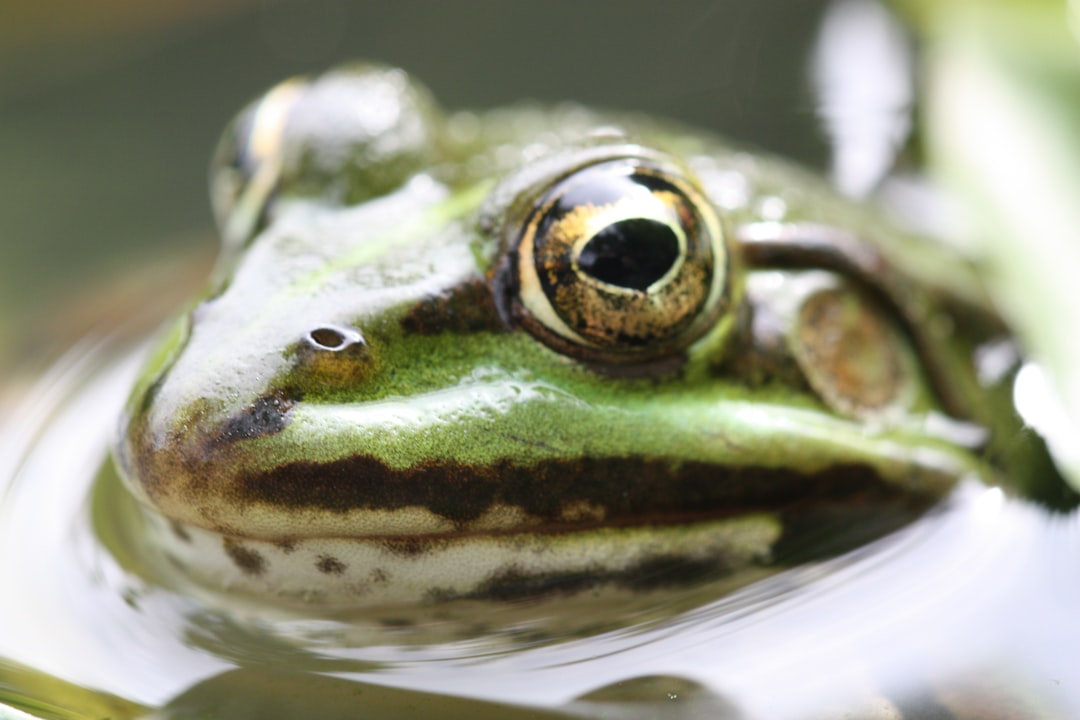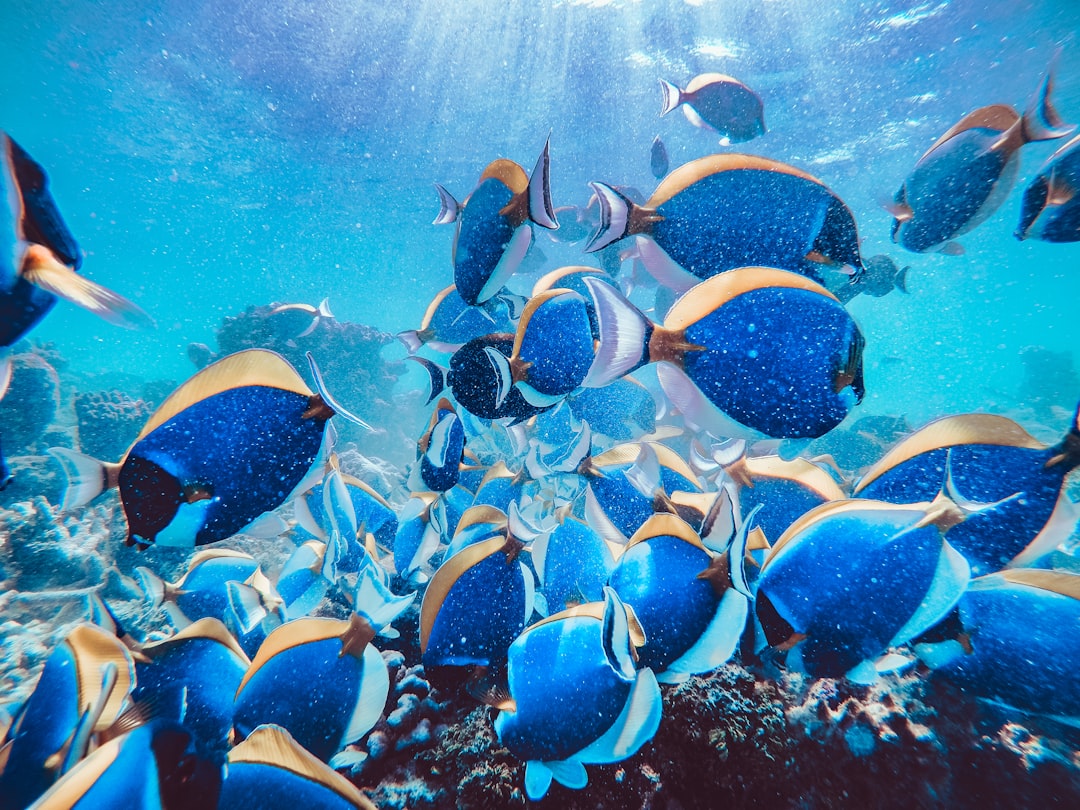What is it about?
The morphology of unfertilized mature and fertilized developing pelagic eggs of four commercially cultivated multiple spawning flounders were studied. First, individual or intraspecific comparisons in surface structures of eggs at different developmental stages were made to convey the structural modification of egg envelope and micropyle during the course of embryonic development. Secondly, interspecific comparisons in the four species at the same developmental stage of unfertilized mature were used for accurate species identification and phylogeny determination. Thus, this study has revealed, the smoothing of the convoluted egg envelope surface and closure of the micropyle to serve as a final step of the polyspermy preventing reaction are common in the four flounders. Starry flounder and Japanese flounder are classified as type Ⅲ eggs, while spotted halibut is described as type Ⅱand this is not in agreement with the classic argument that in eggs of subfamily Pleuronectinae fishes lacking any characteristic structure around the micropylar canal may be a common feature. The ultrastructure of the envelope surface, the size and distribution density of pores and size of eggs are also useful characters for distinguishing among the four species, but the ultrastructural features of the micropyle are the most important of all for egg identification.he ultrastructural features of the micropyle are the most important of all for egg identification. The computed genetic interrelationships show that starry flounder is closer to turbot and Japanese flounder than it is to spotted halibut.
Featured Image
Read the Original
This page is a summary of: Morphology of unfertilized mature and fertilized developing marine pelagic eggs in four types of multiple spawning flounders, Ichthyological Research, June 2010, Springer Science + Business Media,
DOI: 10.1007/s10228-010-0167-1.
You can read the full text:
Contributors
The following have contributed to this page










